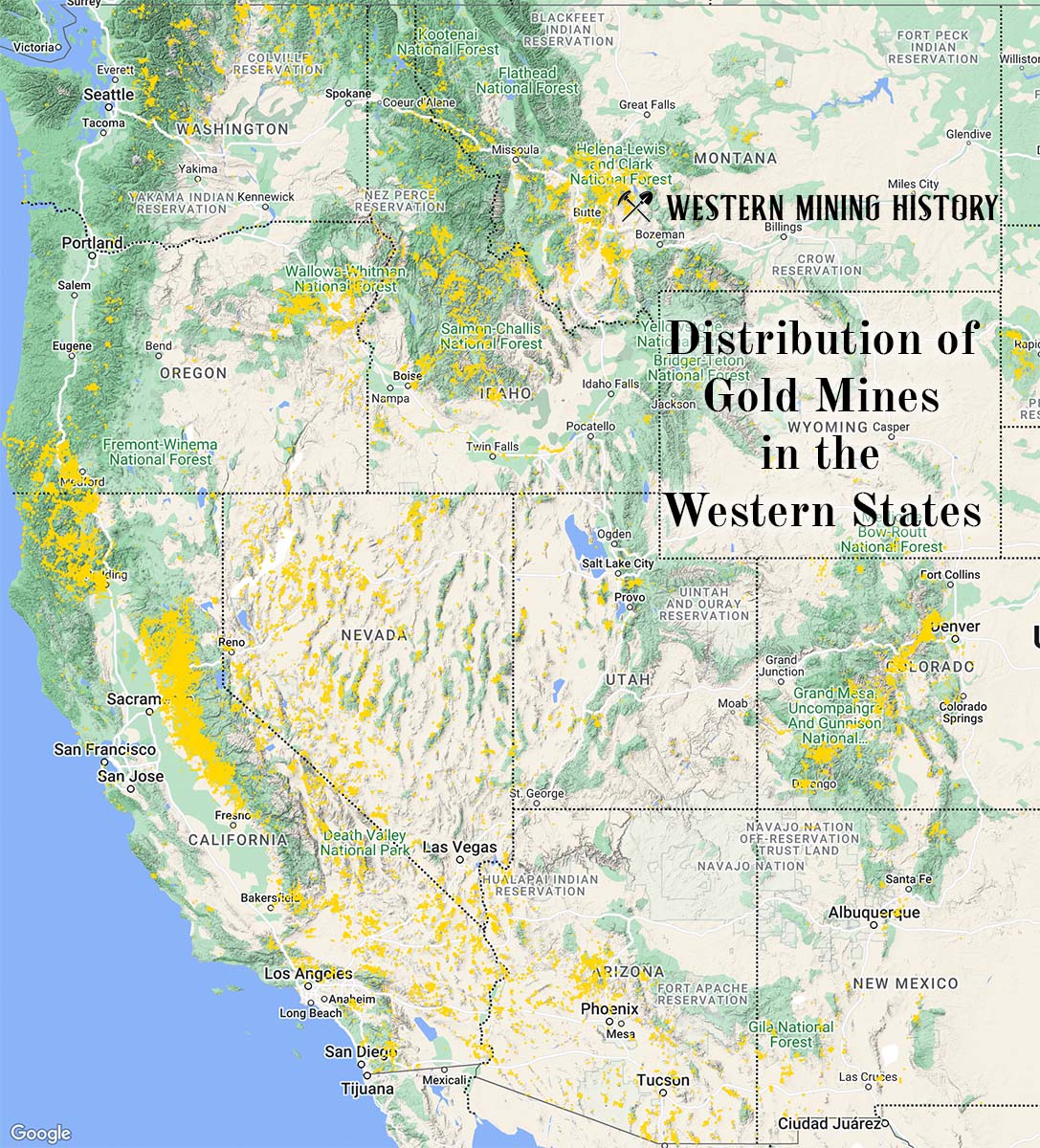The Unnamed (on a tributary to Windy Fork) is a silver and zinc mine located in Alaska.
About the MRDS Data:
All mine locations were obtained from the USGS Mineral Resources Data System. The locations and other information in this database have not been verified for accuracy. It should be assumed that all mines are on private property.
Mine Info
Unnamed (on a tributary to Windy Fork) MRDS details
Site Name
Primary: Unnamed (on a tributary to Windy Fork)
Commodity
Primary: Silver
Primary: Zinc
Secondary: Molybdenum
Location
State: Alaska
District: McGrath
Land Status
Not available
Holdings
Not available
Workings
Not available
Ownership
Not available
Production
Not available
Deposit
Record Type: Site
Operation Category: Occurrence
Operation Type: Unknown
Years of Production:
Organization:
Significant:
Physiography
Not available
Mineral Deposit Model
Model Name: Sedimentary exhalative Zn-Pb
Orebody
Not available
Structure
Not available
Alterations
Not available
Rocks
Not available
Analytical Data
Not available
Materials
Ore: Sphalerite
Ore: Pyrite
Ore: Galena
Comments
Comment (Exploration): Status = Inactive
Comment (Geology): Age = Undated, inferred to be Early Silurian, based on stratigraphic evidence.
Comment (Reference): Primary Reference = Bundtzen and others, 1988
Comment (Deposit): Model Name = Sedimentary exhalitive lead-zinc (?) (Cox and Singer, 1986; model 31a).
Comment (Workings): Workings / Exploration = The reporter first found the occurrence in 1983 (Bundtzen and others, 1988). Grab samples of one sulfide bearing horizon contained 700 ppm zinc, 1.2 grams/tonne silver, and 31 ppm molybdenum.
Comment (Geology): Geologic Description = This unnamed occurrence consists of three thin, stratiform sulfide layers in black shale of the Lower Ordovician to Lower Silurian Post, River Formation a unit of the Dillinger subterrane (Bundtzen, Harris, and Gilbert, 1997). The sulfide beds are isoclinally folded along with host strata and are believed to be syngenetic in origin. The occurrence is just below the contact between the Post River Formation and the mid-Silurian Terra Cotta Mountains Sandstone, and hence has an inferred age of Early Silurian. . Three 6 centimeter thick sulfide layers mainly contain pyrite, with minor to trace disseminated sphalerite and galena (Bundtzen and others, 1988; Bundtzen Harris, and Gilbert, 1997). Grab samples of one sulfide bearing horizon contained 700 ppm zinc, 1.2 grams/tonne silver, and 31 ppm molybdenum.
References
Reference (Deposit): Bundtzen, T.K., Kline, J.T., Smith, T.E., and Albanese, M.D., 1988, Geology of the McGrath A-2 quadrangle, Alaska: Alaska Division of Geological and Geophysical Surveys Professional Report 91, 18 p., 1sheet, scale 1:63,360.
Reference (Deposit): Bundtzen, T.K., Harris, E.E., and Gilbert, W.G., 1997, Geologic Map of the eastern McGrath quadrangle, Alaska: Alaska Division of Geological and Geophysical Surveys Report of Investigations 97-14, 34 pages, one sheet, scale 1:125,000.
The Top Ten Gold Producing States

These ten states contributed the most to the gold production that built the West from 1848 through the 1930s. The Top Ten Gold Producing States.